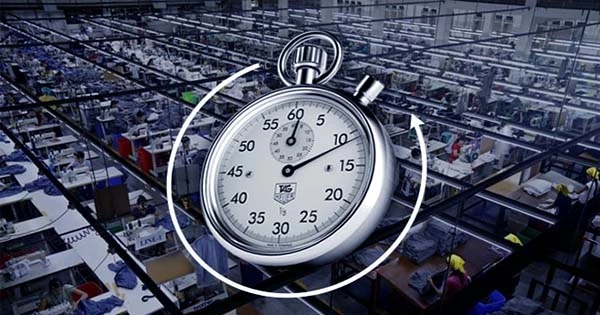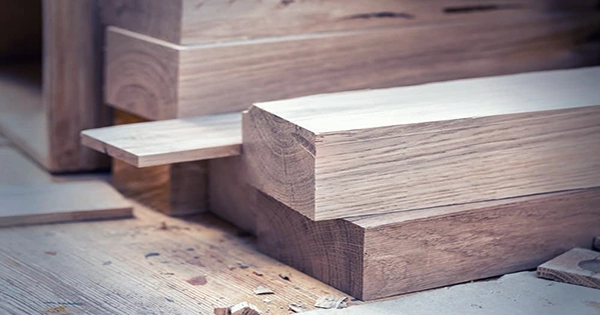Iron and carbon are combined to create the alloy steel. Depending on the grade, the carbon content can change, although it typically ranges from 0.2 to 2.1 percent by weight. Even though carbon is the primary ingredient used to alloy iron, other elements like tungsten, chromium, and manganese can also be employed. Steel’s hardness, ductility, and tensile strength are all influenced by the types and quantities of alloying elements utilized. By preventing iron atoms from dislocating, alloying elements keep steel’s crystal lattice structure intact. It serves as steel’s hardening agent as a result. The alloying components also have an impact on the density of steel, which ranges between 7,750 and 8,050 kg/m3. Steels’ mechanical characteristics can be altered via heat treatment. Steel’s ductility, hardness, and electrical and thermal properties will all be impacted by this. Steel comes in a variety of forms, including carbon steel, mild steel, stainless steel, etc. Steel is primarily utilized in construction. Steel is widely employed in many different places, including buildings, stadiums, railroad lines, and bridges. In addition, they are utilized in automobiles, boats, aircraft, and other machinery. Steel is also used in the majority of commonly used home appliances. These days, steel products have mostly replaced furniture.
Carbon steel: Steel that has carbon as its primary alloying element is referred to as carbon steel. The amount of carbon in carbon steel largely determines its qualities. The amounts of other alloying components including chromium, manganese, cobalt, and tungsten are not specified for this alloy. The four different varieties of carbon steel. The carbon content serves as the basis for this classification. Very small levels of carbon are present in mild and low carbon steels. Medium carbon steel, high carbon steel, and extremely high carbon steel are the other three varieties of carbon steel. The carbon content of higher carbon steels ranges from 0.30 to 1.70 percent by weight. Steel that is ultra-high carbon contains 1.0 to 2.0 percent carbon. They can effectively go through thermal treatment. Because of this, they are often highly hard and robust, but their ductility may be low.
Mild Steel: Mild steel is a form of carbon steel that has a very small amount of carbon in it. Its weight-based percentage ranges between 0.16 and 0.29. The most widely used and inexpensive steel is this one. Although ductile and malleable, it has poor tensile strength. Heat treatment cannot harden mild carbon.
The most popular type of steel is mild steel, sometimes referred to as “low-carbon steel,” for a variety of factors. While offering the material qualities required for the majority of industrial applications, it is less expensive. Mild steel is malleable and ductile because it includes 0.05 to 0.25 percent carbon. While mild steel is more malleable and simple to mold than other varieties of carbon steel, it has a lower tensile strength. Mild steel can also be hardened using a variety of treatment techniques. Mild steel is useful for the majority of applications since it is machinable and weldable.
Mild steel is frequently used for:
- construction of buildings
- Pipelines
- Manufacturing of automobiles
- Wiring















